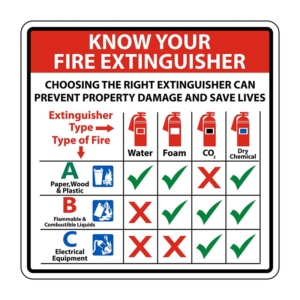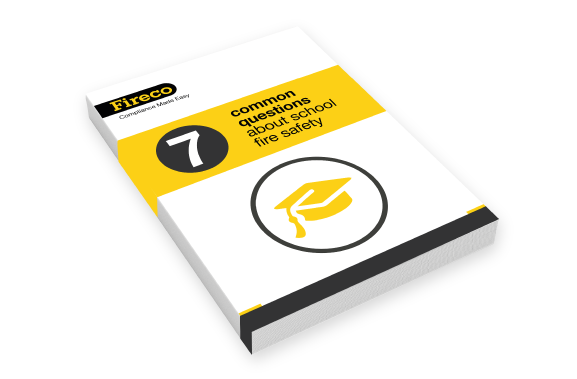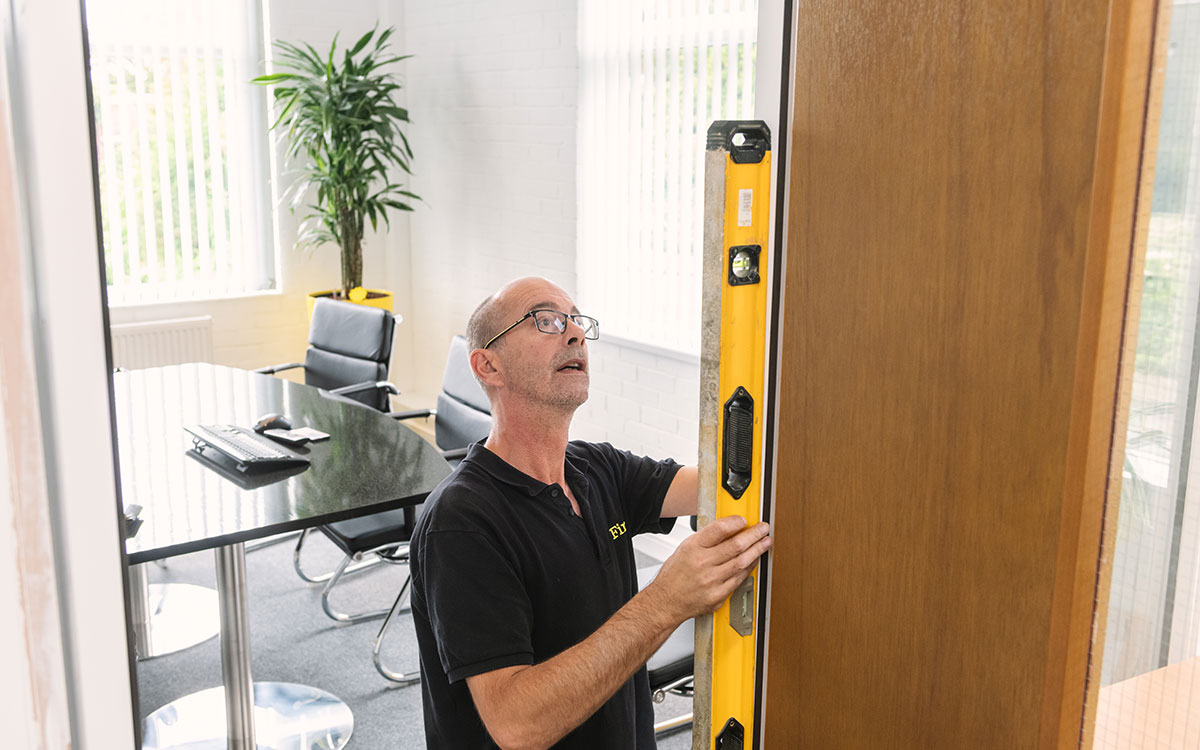Between 2021 and 2022 there were 449 fires in educational premises¹. The aftermath of a school fire can be devastating. All elements of school life can be affected, the building and its contents can be destroyed and the student’s education interrupted.
Many actions can be taken to prevent and prepare for the event of a fire, whether it is accidental or deliberate. One of the easiest and quickest ways to prepare is to invest in fire safety equipment. If you are not sure what you may need, the best thing to do is to arrange a fire risk assessment to be carried out by a professional assessor. However, in this blog, we will cover a few of the essentials.
1. Fire & smoke alarms
Fire alarms alert everyone in the building that there is a fire and provide an opportunity to either extinguish it or call the fire service before it gets out of control. Once installed, the Government states “All types of fire-warning systems should be tested once a week.”² It is also recommended to have maintenance carried out every 6 months.
If a fire did break out and you had no alarm in place or they weren’t working, it could take over the whole building undetected, putting lives at risk.
2. Fire extinguishers
Fire extinguishers can allow you to put out a small fire before it becomes unmanageable. They come with different extinguishing properties and it is important that you use the correct type for it to be effective.

3. Sprinklers
In Scotland and Wales, it is mandatory for all newly built schools to be fitted with sprinkler systems. However, this is not the case in England, where Government guidance suggests sprinklers should be fitted in all newly built schools except those considered ‘low-risk’.
The Fire Brigades Union (FBU) and the National Education Union have a shared belief that every newly built school should have sprinklers installed, regardless of whether they are considered high or low risk. The FBU explained, “sprinklers can assist in the control of a fire in its early stages, limiting damage and giving occupants additional time to escape, as well as reducing the risks faced by firefighters attending the incident.”³ Since Grenfell, both unions have been proposing that sprinklers should be classed as mandatory but the Government have declined the proposal
4. Waste management system
The average primary school student produces 45kg of waste per year and secondary school students 22kg*. Most of this waste consists of card and paper, both combustible materials and therefore a fire hazard. This means that managing this waste is vital for fire safety in the school.
You can work with other companies in order to control and remove your school’s waste. This could include having the correct types of bins and organising regular disposal collections. Your school will also need to ensure that the bins are locked away and are only accessible for chosen people e.g. cleaners or maintenance.
5. Fire doors
Fire doors should be installed from the moment the school has been built. They prevent the spread of a fire and can hold a fire in one room for 30 or 60 minutes depending on your door type. There are many elements that make a fire door ‘fire-proof’ and all of these things should be routinely checked and maintained. We recommend booking an inspection every 6-12 months depending on the use of the door.
Keeping the school building and its occupants safe is a daily priority. By having these items you are minimising the risk of fire and potential damage caused. However, all fire safety efforts will be undone if you have wedged open fire doors. A fire can spread through a hole the size of a pen nib. Don’t allow fires to take over your building – ditch the wedge!







0 Comments